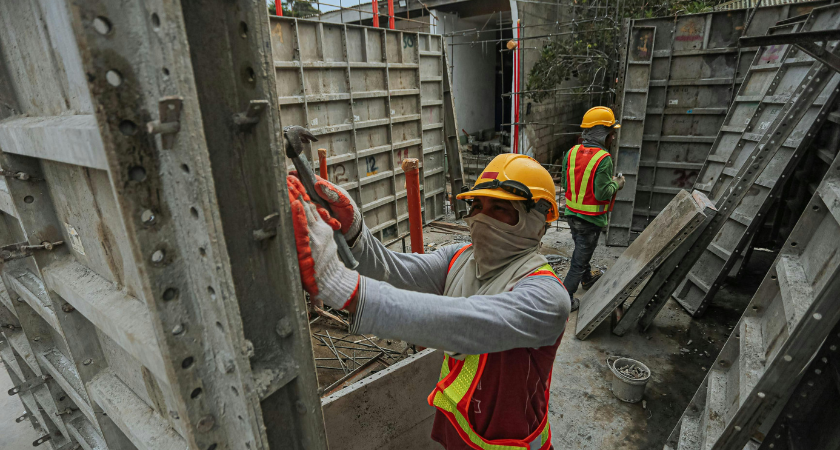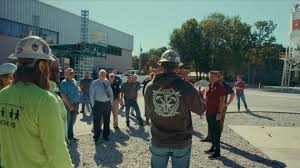
Missouri is tackling its construction labor shortage with a training model many say could reshape workforce development across the Midwest. At the heart of that effort is the Laborers and Contractors Training Center, a 225-acre campus that serves as the state’s premier hands-on training ground for union laborers across Missouri and Kansas.

The center is entirely self-funded by union members and contractors, operating without government subsidies — a point leaders highlight as proof that industry-led workforce solutions can succeed without public dollars.
Participants progress through an “earn while you learn” apprenticeship model, receiving wages, healthcare, and retirement benefits from day one. Unlike traditional college and vocational pathways that often result in high debt and uncertain outcomes, apprentices graduate without loans and step directly into high-paying careers.
Each course runs about 40 hours, with 70–75% of the curriculum focused on hands-on application rather than lectures. Within two to two-and-a-half years, trainees reach journeyman status, qualifying them for professional roles in sectors ranging from concrete and pipe laying to environmental remediation, safety operations, heavy equipment handling, and specialty infrastructure work.
On October 8, Missouri lawmakers and contractors toured the campus to witness firsthand how structured apprenticeship programs can supply the state with job-ready workers at scale.
Speaker Pro Tem Chad Perkins (R–Bowling Green), who comes from a union family, said the program reflects Missouri’s core values.
“The training center builds well-rounded, skilled workers and offers young people a path to earn while they learn, avoid debt, and build great careers. Missourians made their voices heard rejecting ‘right-to-work,’ and we must keep standing for fair wages, strong benefits, and a level playing field,” Perkins said.
Senate Minority Floor Leader Doug Beck (D–St. Louis County), a longtime tradesman, echoed that sentiment.
“My family’s been in the trades for generations, and what makes them unique is that we train our replacements,” Beck said. “The training here is high-quality and free, allowing people to build strong careers without debt. A skilled, union workforce not only strengthens our economy but ensures workers retire with dignity, healthcare, and the support of their union family.”
Contractors say the return on investment is undeniable. John Clark of Millstone Weber described laborers as the “utility knife” of Missouri’s workforce, adding:
“The training center is a progressive, impressive facility preparing workers for the future. After years of pushing college, it’s clear the trades offer incredible opportunities, a free education, great pay, strong benefits, and ongoing training.”
Jennifer Bouquet, President of J&J Boring, praised the program for streamlining hiring and improving productivity.

“Their program provides a strong foundation in skills like rigging, welding, and signaling, helping us identify committed workers and saving time on the job,” she said.
The training center is operated by the Missouri & Kansas Laborers District Council (MKLDC), part of LIUNA’s Midwest Region, which represents more than 58,000 members across 10 states. By leveraging its Tri-Funds model — blending training, cooperation, and safety initiatives — the council not only trains workers but protects them through negotiated contracts, health programs, and enforcement of labor standards.
Rep. Marla Smith (D–St. Louis) said the impact goes far beyond infrastructure.
“They’re building solid careers without student debt and planning for their futures. In today’s economy, good union jobs that offer fair wages, healthcare, and retirement benefits make all the difference for working families,” she said.
From highways to hospitals, the graduates of Missouri’s training center are literally building the state — but advocates say their greatest contribution is stability, dignity, and generational opportunity.
With national construction worker shortages at record highs, industry leaders and lawmakers alike say Missouri’s model could serve as the blueprint for workforce development nationwide.
Originally reported by Jake Kroesen in The Missouri Times.